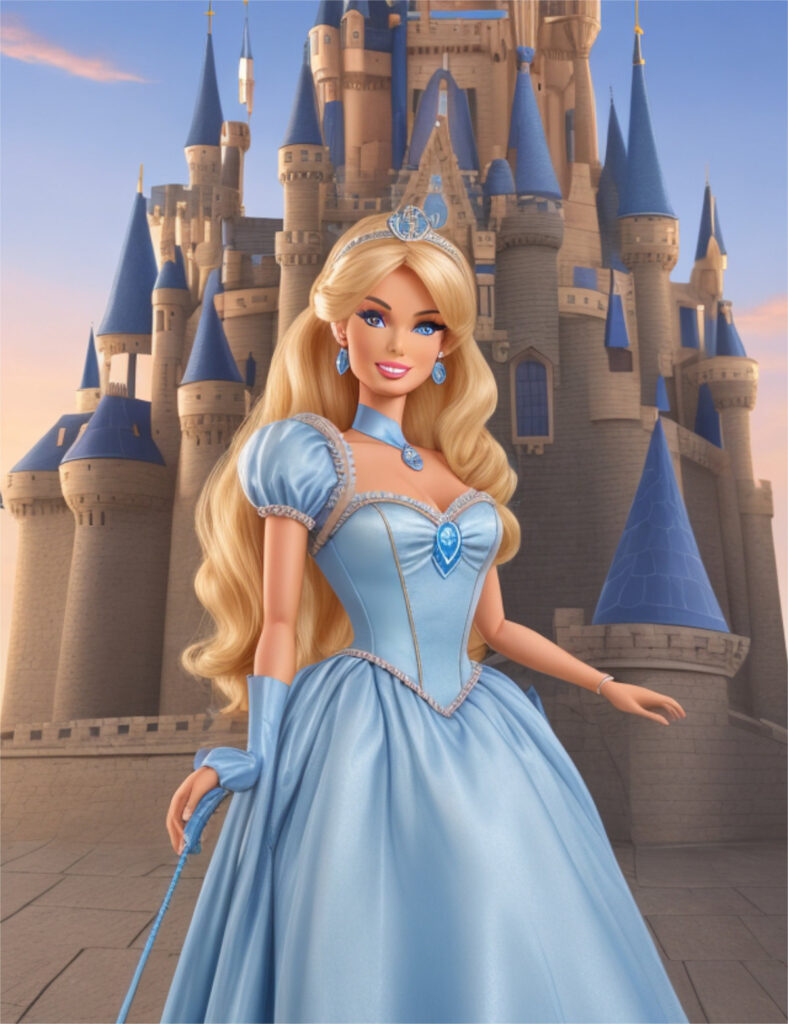Introduction
Who Inspired The Barbie Doll? Barbie, the iconic doll with her endless wardrobe and dreamy lifestyle, has captured the hearts of children and adults alike since her introduction in 1959. With her impeccable style, flawless complexion, and ever-evolving career choices, Barbie has become a cultural phenomenon that transcends generations. From fashion runways to cardboard dollhouses, she continues to inspire imagination and play.
Brief Overview of Barbie Doll’s Popularity and Cultural Impact
Barbie’s popularity is unrivaled in the toy industry. Over the years, she has amassed a dedicated fan base and remains one of the top-selling dolls worldwide.
With her innovative design that allows for changeable outfits and accessories, Barbie encourages creativity while also reflecting societal trends. Throughout her existence, Barbie has evolved into much more than just a toy; she has become an emblem of girl power, aspiration, and limitless potential.
She has donned countless careers, from astronaut to doctor to CEO – breaking down gender stereotypes along the way. Moreover, Barbie’s impact on popular culture cannot be overstated: she has graced magazine covers worldwide and even starred in movies.
Mention of the Inspiration Behind Barbie’s Creation
Behind every great invention lies an inspired mind – someone whose imagination sparked brilliance. In the case of the Barbie doll, we owe gratitude to Ruth Handler – an ingenious woman who co-founded Mattel Inc., one of the world’s leading toy companies.
Ruth Handler was not only a savvy businesswoman but also a keen observer. One day while watching her daughter Barbara engage in imaginative play with paper dolls, Handler noticed how Barbara projected herself onto these toys as if they represented future aspirations rather than mere playthings.
This observation led Handler to envision a three-dimensional doll that could serve as both a source of imaginative play and an inspiration for young girls. It was from this spark of ingenuity that the idea for Barbie was born.
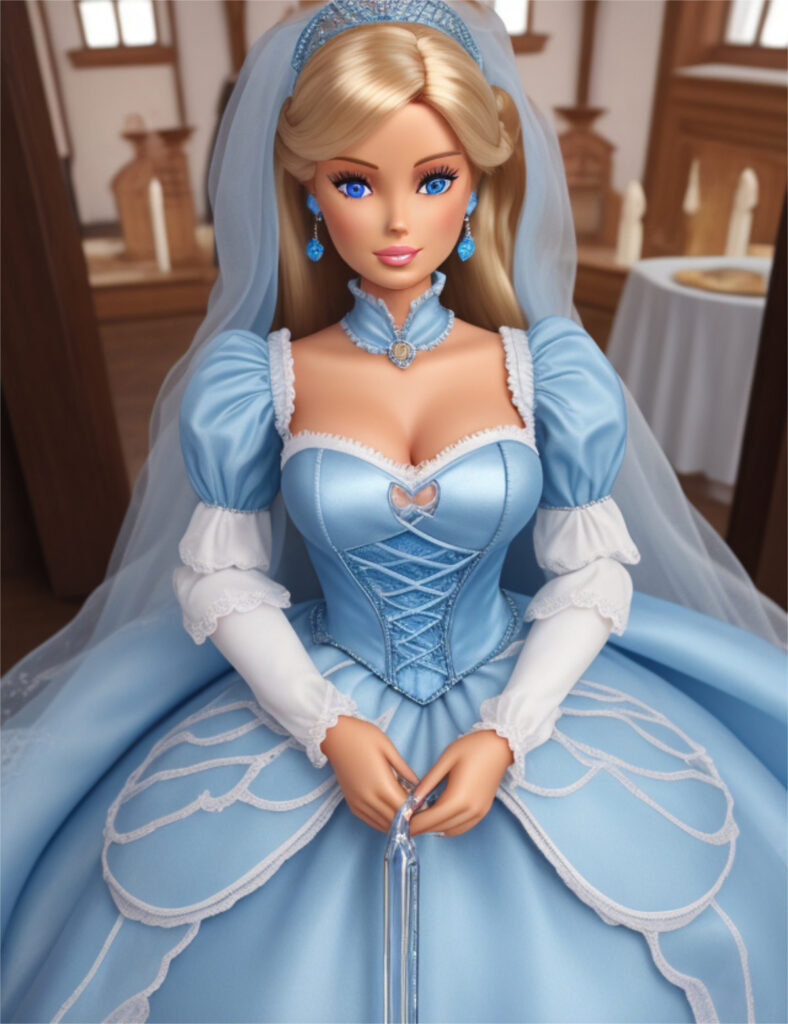
Ruth Handler: The Mastermind Behind Barbie
Who was Ruth Handler?
Ruth Handler, born on November 4, 1916, was an American businesswoman and entrepreneur extraordinaire. She co-founded Mattel, Inc., one of the world’s largest toy manufacturing companies. Ruth Handler’s impact on the toy industry is immeasurable.
She not only played a crucial role in establishing Mattel as a powerhouse in the industry but also revolutionized the concept of dolls with her creation of Barbie. Her vision and determination have left an indelible mark on popular culture.
Background and Role in Mattel, Inc.
Ruth Handler’s involvement with Mattel began when she married Elliot Handler in 1938, who then co-founded the company with his friend Harold Matson. Initially, Mattel focused on manufacturing picture frames before venturing into toys during the post-World War II era.
Ruth joined Mattel full-time in 1945 and became a driving force behind its success. She served as a catalyst for innovation and growth, overseeing various aspects such as product development and marketing.
Entrepreneurial Spirit and Innovative Mindset
Ruth Handler possessed an undeniable entrepreneurial spirit that propelled her to create groundbreaking toys like Barbie. She had an innate ability to identify gaps in the market and envision products that would captivate children’s imagination.
Additionally, Ruth had a keen eye for spotting emerging trends and translating them into successful toy lines. The Birth of Barbie:
Ruth Handler’s inspiration for creating Barbie came from observing her daughter Barbara playing with paper dolls and imagining adult lives for them. This sparked Ruth’s idea to develop a three-dimensional fashion doll that could empower girls to dream beyond traditional gender roles.
However, it wasn’t until Ruth encountered the German Bild Lilli doll during a trip to Europe that the concept truly took shape. The Bild Lilli doll, which originated as a comic strip character in Germany during the late 1950s, had a slim figure and fashionable wardrobe.
Ruth was captivated by Lilli’s unique design and recognized its potential to be transformed into a toy that would resonate with American girls. This encounter became the pivotal moment that led Ruth Handler to bring Barbie into existence.
Ruth Handler’s innovative mindset and acute observation of her daughter’s playtime imagination laid the foundation for one of the most iconic toys in history. Through her entrepreneurial spirit, she transformed a simple idea into a cultural phenomenon that continues to inspire generations of children worldwide.
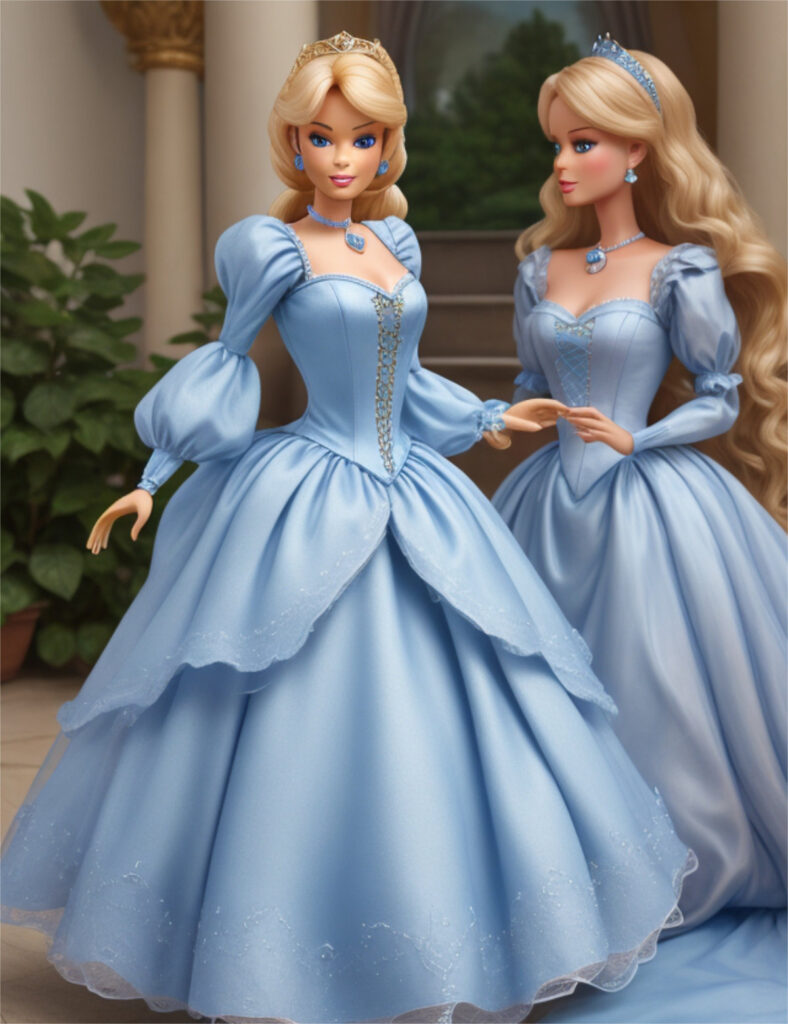
Bild Lilli: The European Predecessor
Introduction to Bild Lilli doll
Before Barbie came into the picture, there was another doll that captured the attention of many in Europe during the late 1950s – the Bild Lilli doll. Created in Germany, Bild Lilli was a fashion doll that became incredibly popular, known for her sassy attitude and fashionable ensembles.
She was originally based on a cartoon character from a German newspaper called “Bild-Zeitung,” hence the name. The cartoon featured an independent and stylish woman named Lilli, who often found herself embarking on humorous misadventures.
Origin and history in Germany during the late 1950s
The birth of Bild Lilli can be traced back to its creator, Reinhard Beuthien, who initially designed this doll as a gag gift for adults. However, it quickly gained popularity among young girls as well due to its unique appearance and sophisticated fashion sense. The doll became so popular that it caught the attention of Ruth Handler during her trip to Europe in the late 1950s.
Character traits and appearance similarities with Barbie
Bild Lilli’s character traits were what made her stand out from other dolls of that time. Unlike traditional baby dolls or child-like figures, she represented an adult woman with a strong personality. She had an hourglass figure, long legs, high cheekbones, and perfectly coiffed hair – all characteristics that were later seen in Barbie.
It is interesting to note how these characteristics influenced Handler’s vision for Barbie. Just like Bild Lilli, Barbie also had an adult-like figure with a slender waistline and long legs that seemingly went on forever.
This departure from traditional dolls allowed young girls to imagine themselves as sophisticated and fashionable adults rather than just caretakers of baby dolls. The influence of Bild Lilli’s appearance on Barbie’s design cannot be denied, as Handler sought to capture that same sense of adult femininity and fashion-forwardness in her creation.
How Bild Lilli Influenced Barbie’s Creation
During Ruth Handler’s trip to Europe, she came across the Bild Lilli doll and was immediately captivated by its uniqueness. She recognized the potential in bringing a similar concept to the American market.
Handler saw an opportunity to create a doll that would empower young girls by allowing them to explore their imaginations through fashion and adult-like play. The encounter with Bild Lilli became the catalyst for Handler’s vision of Barbie, providing inspiration for key design elements.
These included the slender figure, elegant facial features, and fashionable wardrobe that made Barbie so iconic. Without the influence of Bild Lilli, it is possible that Barbie may have never been brought into existence or looked quite different from what we know today.
In many ways, we can credit Bild Lilli as one of the primary sources of inspiration behind Barbie’s creation. The German doll not only paved the way for a new kind of toy but also left an indelible mark on popular culture by inspiring a global phenomenon – our beloved Barbie doll.
Influences from Hollywood Icons
Glamorous Movie Stars as Role Models
Hollywood has always been a source of inspiration for fashion and beauty. And when it came to creating Barbie, the iconic doll that captured the imagination of millions, it’s no surprise that glamorous movie stars played a significant role. Two Hollywood icons, Marilyn Monroe and Audrey Hepburn, left an indelible mark on Barbie’s design, showcasing their timeless beauty and style.
Marilyn Monroe: The epitome of beauty and style in the ’50s
Marilyn Monroe was not only an iconic figure in 1950s Hollywood but also a symbol of beauty and sensuality. Her influence on Barbie can be seen prominently in the doll’s signature feature: her luscious blonde hair. Just like Monroe’s famous platinum locks, Barbie’s hair became a defining characteristic, setting her apart from other dolls on the market.
It was a nod to Monroe’s irresistible charm and sex appeal. Moreover, Barbie’s fashion choices were directly inspired by Monroe’s glamorous wardrobe.
From form-fitting gowns with plunging necklines to flirty cocktail dresses adorned with sequins and feathers, Barbie emulated the essence of Monroe’s style. The doll became a miniature representation of 1950s fashion trends that exuded elegance and femininity.
Audrey Hepburn: Timeless elegance reflected in Barbie
Audrey Hepburn was synonymous with timeless elegance and grace. Her influence on Barbie went beyond physical attributes; it extended to capturing her classic facial features.
Just like Hepburn, Barbie has delicate features—gorgeously arched eyebrows framing bright blue eyes—that evoke sophistication and charm. But it wasn’t just about facial resemblance; it was about recreating iconic fashion moments as well.
One such moment is Hepburn’s unforgettable black Givenchy dress from the movie “Breakfast at Tiffany’s.” Barbie designers meticulously reproduced this dress, complete with elbow-length gloves, a tiara, and an elegant updo. By doing so, Barbie became a canvas for reliving the magic of Hepburn and her cinematic elegance.
By drawing inspiration from these Hollywood starlets, Barbie transformed into more than just a doll. She became an embodiment of beauty ideals and timeless fashion that fascinated generations of children and adults alike.
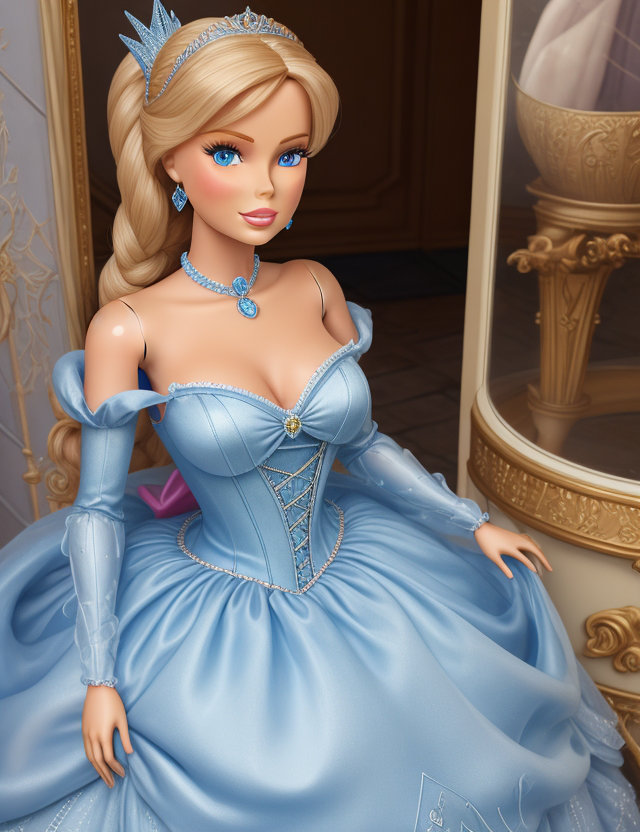
Barbie’s Evolution Over Time
The Impact of Cultural Shifts on Barbie’s Design
Barbie has undoubtedly evolved over time to adapt to changing cultural norms and beauty standards. As society progressed, so did Barbie. The design of Barbie dolls reflected the shifting ideals of beauty and the desire for representation.
Throughout the years, Barbie has undergone various transformations to keep up with the demands of an ever-changing world. One significant aspect of this evolution was Barbie’s commitment to reflecting diverse beauty standards across different ethnicities.
In response to calls for inclusivity, Mattel introduced dolls with diverse skin tones, allowing children from all backgrounds to find a doll that they could relate to. By embracing different skin colors, Barbie was not only celebrating diversity but also enhancing children’s understanding and appreciation for multiculturalism.
Furthermore, Barbie’s body image underwent changes as well. In recent years, Mattel introduced a range of body types beyond the original thin frame that had been criticized for promoting unrealistic beauty ideals.
This move aimed at promoting body positivity and encouraging young girls to embrace their own unique shapes and sizes. By diversifying its range of body shapes, Barbie became more relatable and empowering for a wider range of individuals.
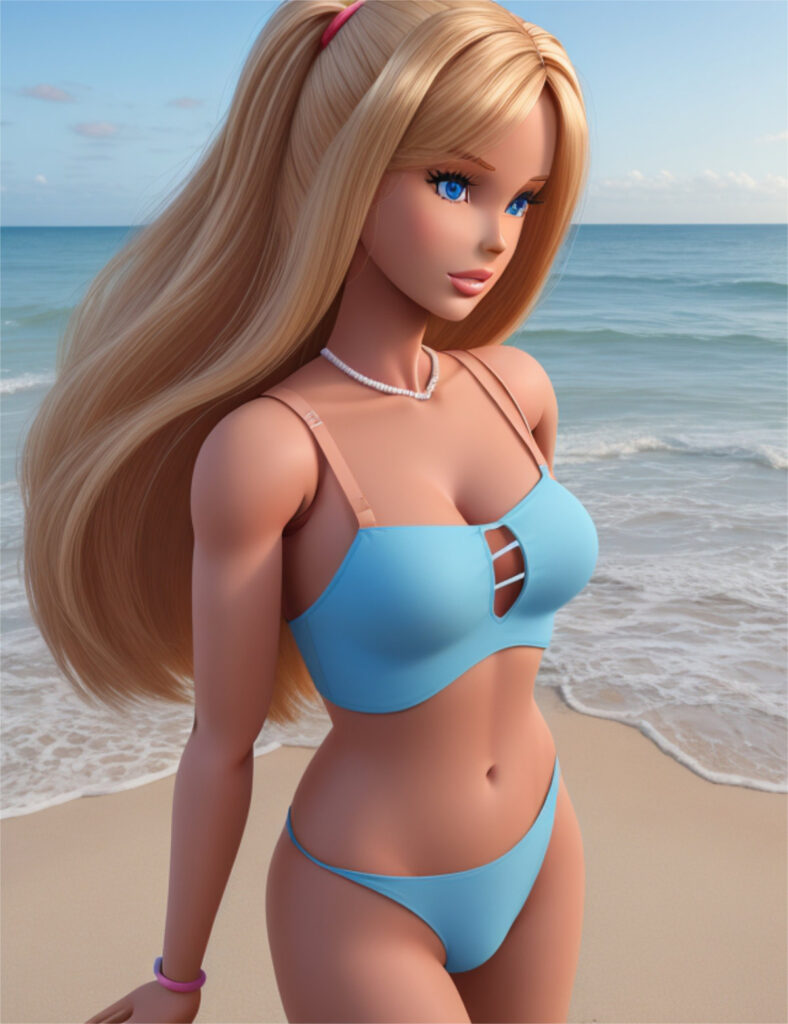
Final Thoughts For… Who Inspired The Barbie Doll?
Throughout its history, Barbie has proven more than just a plastic doll; it is an iconic cultural symbol that reflects society’s values and aspirations over time. From Ruth Handler’s visionary creation inspired by Bild Lilli to its continuous evolution in response to cultural shifts, Barbie remains relevant even after several decades. Barbie’s commitment to inclusivity through diverse skin tones underscores the brand’s recognition of the importance of representation in fostering self-acceptance among children from different backgrounds.
Moreover, by introducing various body types beyond traditional beauty standards, Mattel encourages young girls (and boys) worldwide to embrace their uniqueness and celebrate individuality. Barbie has become a source of empowerment, inspiring generations of children to dream big and imagine limitless possibilities for themselves.
As Barbie continues to evolve with the changing times, it has become an influential force in shaping the aspirations and self-perceptions of young minds around the globe. With its ability to adapt and resonate with diverse audiences, Barbie remains a timeless icon in the world of toys, spreading joy, imagination, and inclusivity.

